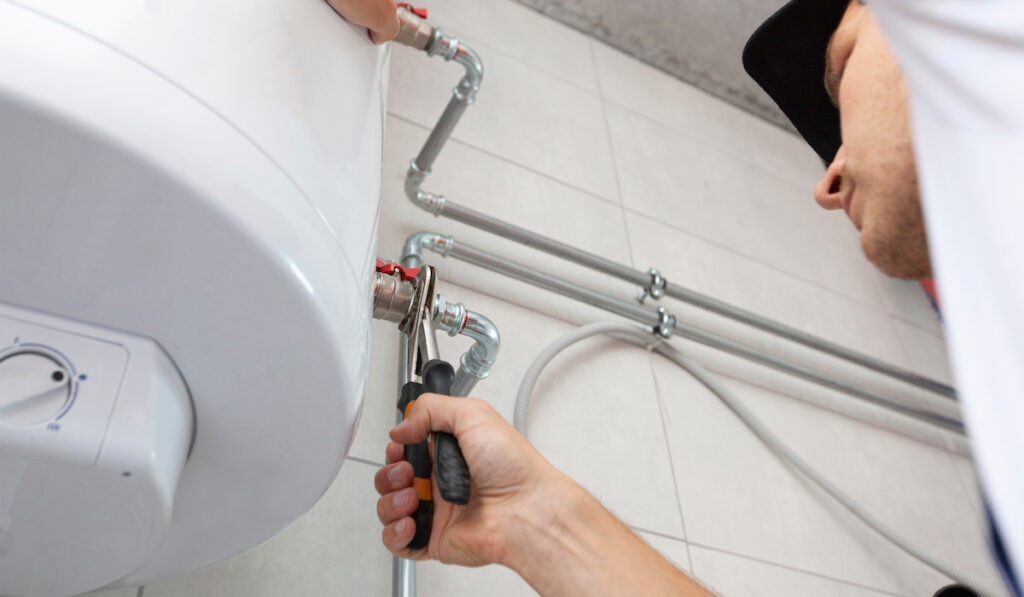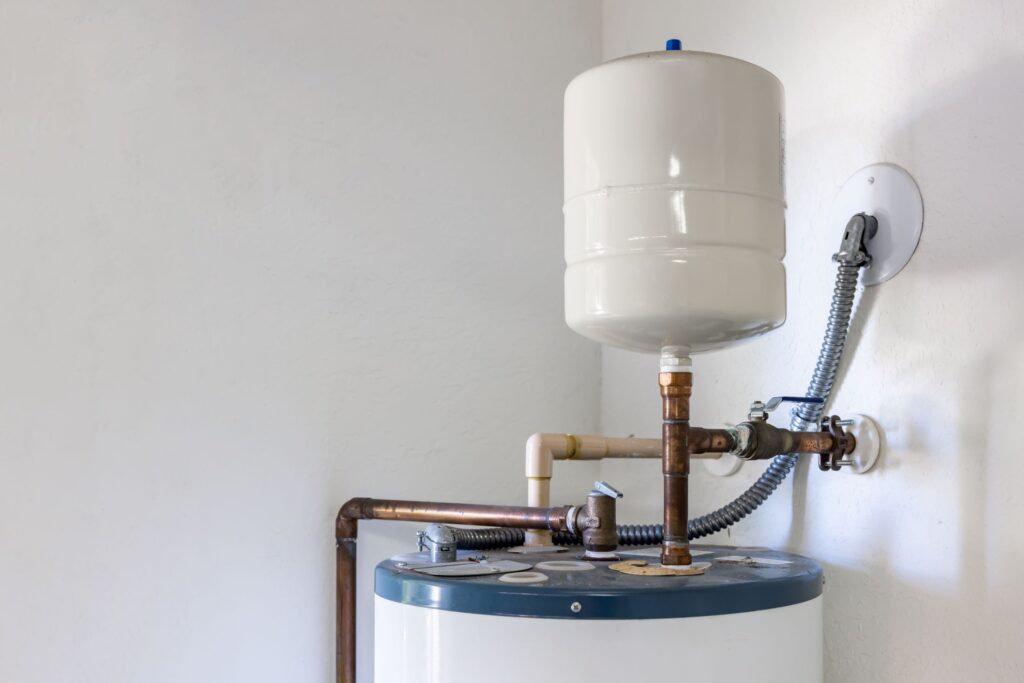This great article directly below pertaining to Tips on Maintaining a Water Heater is without a doubt remarkable. Don't skip it.

Warm water is important for day-to-day comfort, whether it's for a revitalizing shower or cleaning dishes. To guarantee your hot water system runs successfully and lasts much longer, regular upkeep is essential. This write-up offers practical ideas and insights on exactly how to maintain your home's hot water system to prevent disruptions and pricey repair work.
Intro
Preserving your home's warm water system may seem complicated, however with a couple of easy actions, you can ensure it runs smoothly for several years to come. This overview covers every little thing from comprehending your warm water system to DIY upkeep tips and understanding when to hire specialist aid.
Significance of Keeping Your Hot Water System
Normal maintenance not just extends the life-span of your hot water system however also guarantees it operates effectively. Neglecting maintenance can cause lowered effectiveness, higher power bills, and even early failing of the system.
Signs Your Hot Water System Demands Maintenance
Understanding when your warm water system requires focus can protect against major problems. Keep an eye out for indicators such as irregular water temperature, strange sounds from the heating system, or rusty water.
Flushing the Hot Water Heater
Flushing your hot water heater removes sediment build-up, boosting performance and lengthening its life.
Checking and Replacing Anode Rods
Anode poles stop deterioration inside the tank. Examining and replacing them when worn is vital.
Facility Issues Calling For Professional Help
Examples include significant leakages, electric problems, or if your hot water heater is consistently underperforming.
Routine Professional Maintenance Perks
Specialist upkeep can consist of detailed inspections, tune-ups, and guaranteeing compliance with safety standards.
Inspecting and Adjusting Temperature Setups
Readjusting the temperature level setups ensures optimum efficiency and safety and security.
DIY Tips for Maintenance
You can perform several maintenance tasks yourself to maintain your warm water system in top problem.
Looking for Leakages
Regularly inspect pipes and links for leaks, as these can lead to water damages and greater expenses.
Comprehending Your Hot Water System
Prior to diving right into upkeep jobs, it's valuable to comprehend the fundamental elements of your warm water system. Normally, this consists of the water heater itself, pipes, anode rods, and temperature level controls.
Monthly Upkeep Tasks
Normal month-to-month checks can aid catch small issues before they rise.
Examining Stress Alleviation Valves
Examining the stress safety valve guarantees it works appropriately and prevents excessive stress build-up.
Shielding Pipelines
Shielding warm water pipelines minimizes warm loss and can conserve energy.
When to Call a Professional
While do it yourself maintenance is useful, some problems call for specialist experience.
Verdict
Normal upkeep of your home's hot water system is essential for efficiency, long life, and expense savings. By adhering to these ideas and understanding when to seek professional aid, you can ensure a trustworthy supply of hot water without unforeseen disturbances.
Water Heater Maintenance Tips
Test the TPR Valve
Shut off the power and the cold-water supply valve. Place a bucket under the pipe connected to the temperature-pressure-release (TPR) valve on the top or side of the tank. (This valve opens if the tank pressure gets too high.) Lift the valve’s tab to let some water out, then let go. If water keeps flowing, drain the tank partway, unscrew the old valve with a pipe wrench, and install a new one. Check the Anode Rod
Put a hose to the tank’s drain cock and let out a few gallons of water. Now fit a 1 1/16-inch socket onto the rod’s hex head on top of the heater (or under its top plate) and unscrew the rod. If it’s less than ½ inch thick or coated with calcium, buy a new one, wrap its threads with Teflon tape, put it back in the tank, and tighten securely. Use this segmented rod if headroom above the tank is limited. Drain the Tank and Wash Out Sediment
Drain the remaining water in the tank into the bucket, then stir up the sediment on the tank’s bottom by briefly opening the cold-water supply valve. Drain and repeat until clean water comes out of the hose. Close the drain cock, refill the tank, and turn its power back on. Adjust the Temperature
Find the temperature dial on the side of the tank and unscrew its cover. Adjust the dial to 120 degrees using a flathead screwdriver. For every 10 degrees the temperature is lowered, you can expect to save up to 5 percent in energy costs. Turn the water heater off or the thermostat down to its lowest setting if you plan to be away from home for more than three days. Insulate the Pipes
Buy some self-sticking 3/8-inch-thick foam pipe insulation that matches the pipes’ diameter. Slide the foam over the hot-and cold-water pipes as far as you can reach. Insulating the cold-water pipe prevents condensation in summer. Peel the tape and squeeze the insulation closed. If the pipe is 6 inches or less from the flue, cover it with 1-inch-thick unfaced fiberglass pipe wrap. https://www.thisoldhouse.com/plumbing/21016402/how-to-maintain-a-water-heater

I was made aware of that report on How to Maintain Your Water Heater & Prolong its Life from a good friend on our other site. Those who liked our blog post kindly make sure you remember to pass it around. Thank-you for taking the time to read it.
Book Inspection